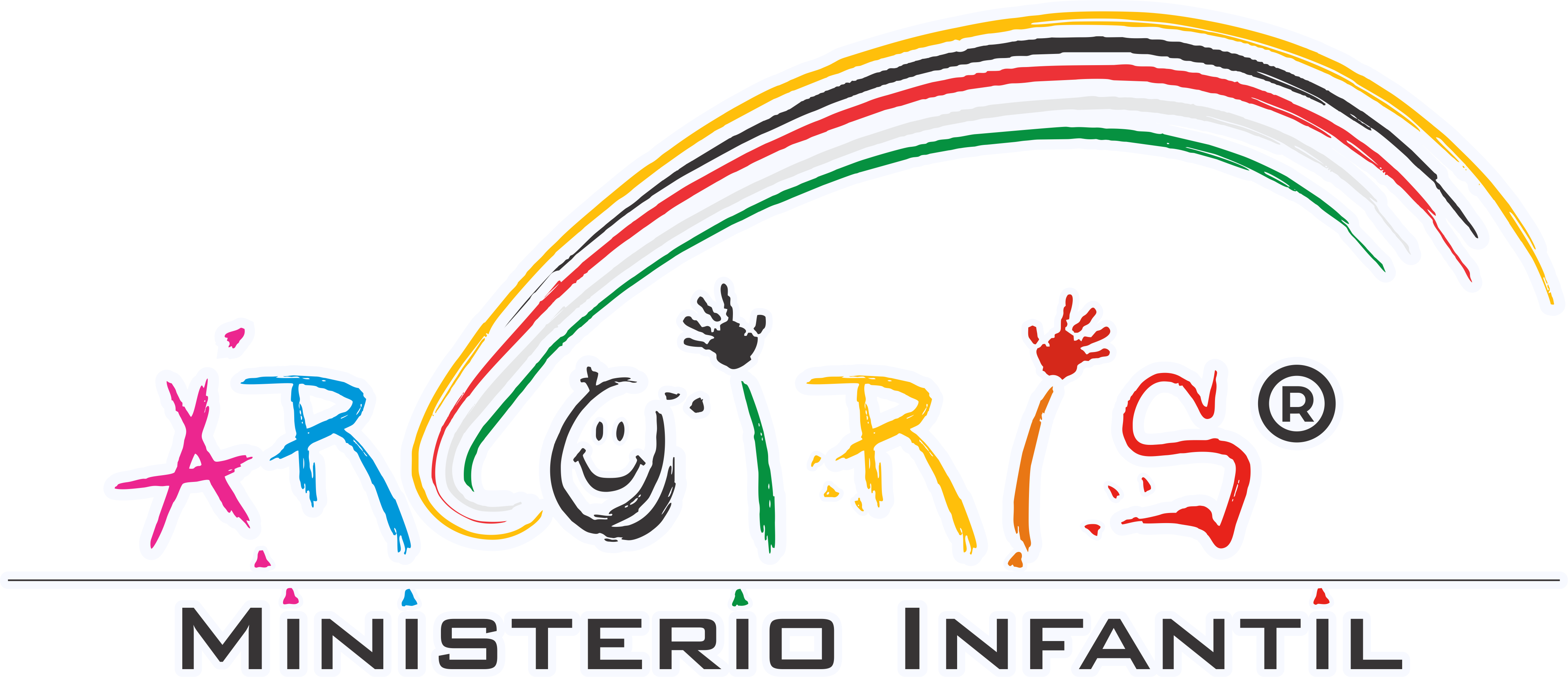Design Tips for Childrens Ministers

I had to take a design class as a part of my masters’ program for Education. Although I was glad to take this class (since I love design), I wasnt sure why this was required. Now I understand.
Its the same reason why you as a Childrens Pastor/Director/Leader should also care about design.
By the very nature of what you do, you are a communicator. Its how you do what you do. Although the majority of what you communicate may be verbal/written, design plays a significant role in your ability to communicateeffectively. Whether it is a take home paper, a note to parents, a sign on a door, or even slides for weekend productions, weve all had to design these. Whether you like it or not, youre a designer, and here is where the rubber meets the road. As communicators, we want to be heard. We make notes, signs, slides, and other pieces because we want kids/parents to read them. We have something important to communicate. However, if our design is horrible, our message may not be read or clearly understood. You see, if we fail as a designer, we may possibly fail as a communicator.
As a communicator, you should care about design because you want to be heard and understood.
Since most Childrens Pastors/Directors/Leaders dont have access to a graphic designer, that task falls on you. You can be a better designer, especially if you follow a few simple rules.
Four Rules
There are more than four simple rules; otherwise, everyone would be a design genius. However, these four rules will help you to designsignificantlybetter. Just because you follow these rules doesnt mean everything you design will be perfect, but it will look significantly better.
The interesting thing is that you probably already know these rules. Youve seen them. Actually, once you read these posts and begin looking at well-designed layouts,youll see the four rules in place EVERYWHERE. Its just what makes design look right.
Why four rules? Because those of us who arent artists need rules to help us do what natural artists see by default. We get very comfortable with a logical approach to design that seems to make sense in our head, but looks bad in reality. We know it looks bad, too, but we just dont know how to make it look better. An artist will know what to do naturally, as they have a different way of doing things. We have to rely on rules. And I promise you, some of these rules will stretch you. You wont want to do it because it doesnt seem natural or rightbut if you do it, it will look naturaland right.
So an easy way to remember the rules is a simple acrostic. CARP.
Actually, I rearrange the letters to form CRAP. Good acrostics are memorable, and Im just not that in love with fish. The tie-in here is that if you dont follow these four rules, this acrostic is what your design may look like.
Okay, enough of the setup, lets get to the rules
1. Contrast
The first rule is to incorporate contrast into your design. You want to avoid elements that are all alike. Usually contrast is the most important part of the designthe thing that gets a person to look at the design to begin with. Its like a great plot to a story. Without conflict of some type, the story is boring. The same is true of design. Dont be afraid to create contrast in your design. The stronger the contrast, the bigger the impact.
Dont just simply use bold and italics to create contrast within your design. Use huge fonts next to small fonts. Use colors to create contrast. Rather than use a small picture on the card, blow up the picture so that it dominates the card and let your text fill in the space around the image. Here are a few examples of how you might use this rule.


Want some real life examples?Click here to see some beautifully designed magazine layouts. Notice the use of contrast. Huge font sizes. Huge contrast in colors of font and background. Huge amounts of white space. These things all cause contrast. They tell your eyes, HEY! LOOK HERE! Always remember this rule. If your attempt at contrast isnt immediately noticed, you didnt go big enough.
2. Repetition
So this rule is easy. Repetition is finding certain elements that naturally repeat and strengthening them. The idea of repetition is to unify your overall design. Although this is really important on multi-page designs, it is true too of postcards, banners, flyers, or other one-page pieces. Repetition has the power to add visual interest. Perhaps your flyer has a paragraph of information. See if you cant divide the content into 3-5 one- or two-sentence bullet points. Not only does it make it easier to read, but it makes it more interesting to look at. Maybe youre refining your resume. Incorporate repetition into your headings and sub-headings. Dont use five different fonts, just use one (two at the most), and stay consistent through your piece. Consistent and repetitive elements guide the viewer to see and read what you want him to see and read.
Here are some good examples of repetition.

This is more of a multi-piece design, but you can even seen the repetition on single pieces, specifically with the yellow color as well as the repetition of the logo as a watermark both on the stationary and the business card.

This Web page uses repetition mostly in color. I dont think its an accident that they chose that color green leaf in the first picture box. You see the green and gray colors repeated throughout the page, which unifies the design. Even the little RSS feed icon at the top of the page, which is usually naturally an orange color, was changed to green to repeat the color scheme.

Circles. Theyre in the logo ad; theyre in the brochure. I cant see close enough, but it looks like the bullet points are not just your typical bullet points, but tied into the circle theme.

Its a very crowded card, but the use of repetition helps unify this two-sided card. You see it especially on the back with the bold red font above each section.

The repetition of color and shapes/sizes of pictures tie all the elements of this two-sided postcard together well.
So there isnt much to repetition. See where in your design repetition is happening naturally, and see if you can strengthen it so its even more obvious. The repetition element isnt especially noticed when you have this in your design as much as it is noticed when its absent.
3.Alignment
At this time I find this rule for design to be the hardest. You might as well. A good designer pays very close attention to alignment.
Boiled down, alignment means that nothing is arranged on the page without thought, and every single item needs to be visually connected with something else on the page. Good design is intentional, and alignment is the one area where designer have to pay careful attention.
Heres where most people miss it. This was the hardest thing for me to overcome and is still sometimes a challenge. Ill say it gently. RESIST THE URGE TO CENTER! You know what Im talking about. We design that flyer or program insert, and what do we do with the title? We center it. DONT. NEVER AGAIN!
Sorry I had to yell, but it really is one of the hardest habits to break. There is a place for aligning in the center, but usually reserved for pieces that are more formal, like wedding announcements or things of that nature. Most of the time what youre designing for isnt that formal, so dont design that way.
When items on a page are aligned, even if they are far away, it brings the page together as one cohesive piece. Text aligned either on the right or the left creates a strong vertical edge, an invisible line that connects the elements. Ive included a few examples below, but just look around you. Open up a magazine, and see how alignment is used by professional designers.

Heres a great illustration of alignment and contrast working together. The designer aligned both the right and left ends of the text, but the company name is only aligned on the right causing it to really pop, which is what they want you to notice.

If youre not used to it, it feels uncomfortable aligning to the right, but see how nice it looks on this business card.

Heres a whole brand set of stationary, business cards, and such. In the red business card, see how even though the change is good phrase is well separated from the contact information, the left alignments pulls it all together.
4. Proximity
Although good design is an art, this rule really appeals to the logical side of my brain. The rule of proximity is really about organization.
The rule can be boiled down to this statement: related items should be grouped together. Grouping similar items together while separating items that are not similar create visual cues. When someone is scanning that flyer or postcard advertising a future event, arranging the details into similar groupings help the reader understand what is being communicated. Sometimes, we have pieces that are information heavy. Dont make it a chore to look at.
So the next time you are designing something, keep this in mind. The closer you place items on a page the more you communicate a relationship between those items.
Heres a spectacular example of proximity at work. First of all, let me say that Im not a fan of the script font on either example. In addition, I think the before example is really badprobably worse than what youd really find out there, but maybe not. Ive seen some bad stuff.

Although this piece illustrates proximity, notice how the other rules are at work as well. Contrast is used to distinguish headings from the rest of the content. Alignment to the left side makes the overall design look 1000% better. Grouping the information together (proximity) makes it readable. The first one makes me really nervous for some reason.
Take a look around. Youll see proximity in nearly all well-designed work.
Conclusion
Remember, were communicators because of what we do. Unfortunately, we communicate in more ways than one, sometimes in ways were not strong. Brushing up on these simple design rules will help you become a better communicator in other mediums than just the spoken word.
Oh, I almost forgot to mention. The main resource I used in telling the four rules was the book,The Non-Designer Design Book by Robin Williams. I highly recommend this book. You can pick up your own copy here.
Discover more from Ministerio Infantil Arcoíris
Subscribe to get the latest posts sent to your email.





